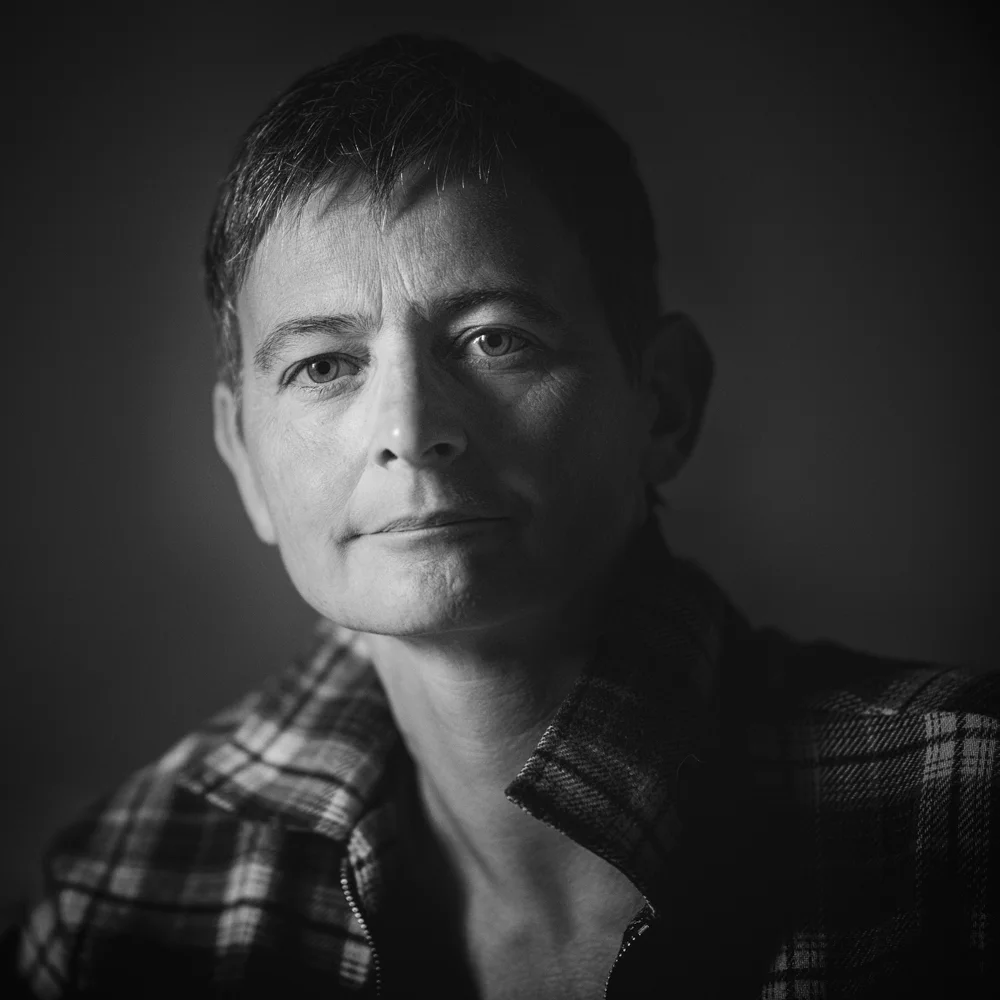Born in 1970 in France, Mam'AT was initially a researcher in economics before leaving it all behind to settle in a tiny, remote village in the mountains of central France (Cantal) and dedicate herself to photography. She works on landscapes and their perception. These are not dreamy landscapes with majestic reliefs and/or flamboyant colors; on the contrary, the atmospheres are dull, gray, white, cold, and the landscapes are ordinary. A simple fence, a road, a tree, or a buron is enough to catch her photographic eye.
Mam'AT is not a photographer who travels the world. She photographs close to home and always when the weather conditions are unfavorable: snow, fog, and rain transform the world, making it more poetic or dramatic. How can we achieve the "Sharawadji," that is, reveal an aesthetic within these chaotic atmospheric conditions? That is the question at the heart of her photographic work.
With climate change, Mam'AT's photographs may serve as a record of the last snowfalls in Cantal, the mid-altitude mountain range in France where she lives.
Statement
In all of her work, Mam'At strives to bring out of (meteorological) chaos an order beyond the visible ; to reach “ Sharawadji “(the moment when beauty and plenitude are born from apparent disorder). The choice of color (series « colorité » or « last snow ») or black and white (series « on the road » or « Apology of the Clouds ») is decisive. It is not neutral and influences the perception of the landscape, making it poetic or dramatic, epic or prosaic. It is then up to the viewer to let themselves be carried beyond the visible.
Awarded Photographer of the Week - Week 51
